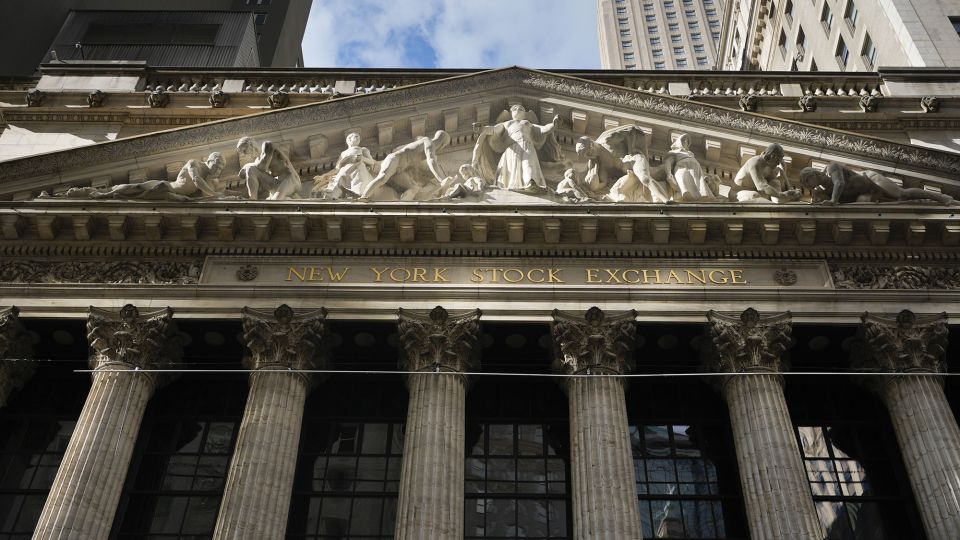Momentary relief was met with the stark reality Friday that President Donald Trump is not nearly done with his chaotic tariff regimen.
In remarks to reporters from the Oval Office on Friday, Trump said he will announce new so-called reciprocal tariffs next week, perhaps fulfilling a campaign pledge and a long-held desire to match foreign countries’ import taxes dollar-for-dollar to restore what the president believes is fairness to international trade.
That statement shook financial markets Friday after what had been a relatively quiet week for stocks. Although Trump’s 10% across-the-board tariffs on China went into effect Tuesday, and China retaliated against the United States with expanded tariffs of its own, markets rose a bit this week on relief that Trump pushed back plans for 25% tariffs on all goods coming in from Mexico and Canada.
Friday’s announcement of new potential tariffs that could hit all corners of the world rattled investors. The Dow Jones Industrial Average fell 400 points, or 0.9%. The broader S&P 500 also fell 0.9% and the tech-heavy Nasdaq Composite Index was 1.4% lower.
Trump said reciprocal tariffs would ensure “that we’re treated evenly with other countries” and could help reduce America’s budget deficit. Tariffs have served as a key part of Trump’s pledge to raise revenue to pay for the extension of his 2017 tax cut on top of other promised tax cuts. But the tariffs themselves could represent an enormous tax hike on American consumers, who economists say ultimately pay the cost of tariffs.
If Trump goes forward with the 25% tariffs on Mexico and Canada that were pushed back until March 1, the total direct cost of the import taxes on Chinese, Mexican and Canadian goods would amount to a tax hike of more than $1,200 per year for the typical American household, Peterson Institute researchers have found. That would amount to the largest US tax increase since at least 1993, the researchers added. Even if those 2017 tax cuts are extended, the Peterson Institute analysis found that the bottom 60% of earners would still “end up significantly worse off” because of the tariffs.
Reciprocal tariffs could add significantly more to that bill.
It’s not clear what form reciprocal tariffs would take, if they’re enacted at all. Trump had recently threatened an across-the-board 10% tariff on all imports coming into the United States. But Trump’s threat of reciprocal tariffs appears to return to a frequent campaign refrain that matching foreign nations’ import taxes dollar-for-dollar could help reduce US trade deficits.
Story Continues


